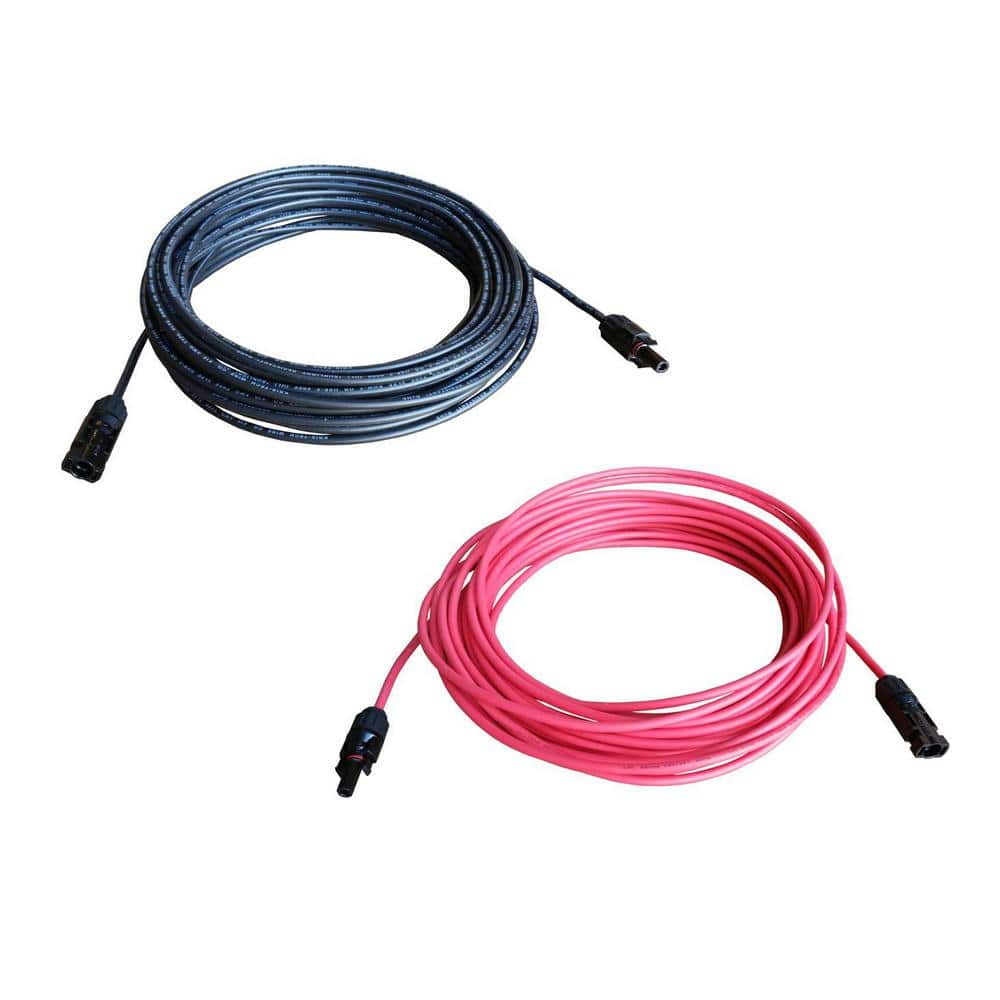JeepHammer
Solar Wizard
- Joined
- Nov 15, 2019
- Messages
- 1,149
Oh look it's a Kombiner! ☮
Patent Pending?
Confession, out of the three seperate solar systems that are on operation here at petticoat junction, mine has the absolute worse wire run. It consists of about 40' of #6 copper submersible water pump wire
You mean you didn't run romex over a gravel driveway and through the yard, running over it with the lawn mower and couldn't figure out why the lights wouldn't come on?
YUP! I saw it...
On another forum, a guy was asking if he could run his power lines through the water pipe so he didn't have to buy conduit...
I don't go there anymore, guys were actually trying to figure out how to do it.
I watched a 'BoobTube' video about 'Easy' utilities, the guy ran natural gas, power & water in the same trench...
AND was going to use black plastic water pipe for the gas line.
I guess he wanted to see flames shoot out of a water filled hole when it blew up...
I'll bet the code guy had a field day with him!
Old dogs have a hard time with new tricks,
But you can't teach a STUPID dog anything.
Last edited:





